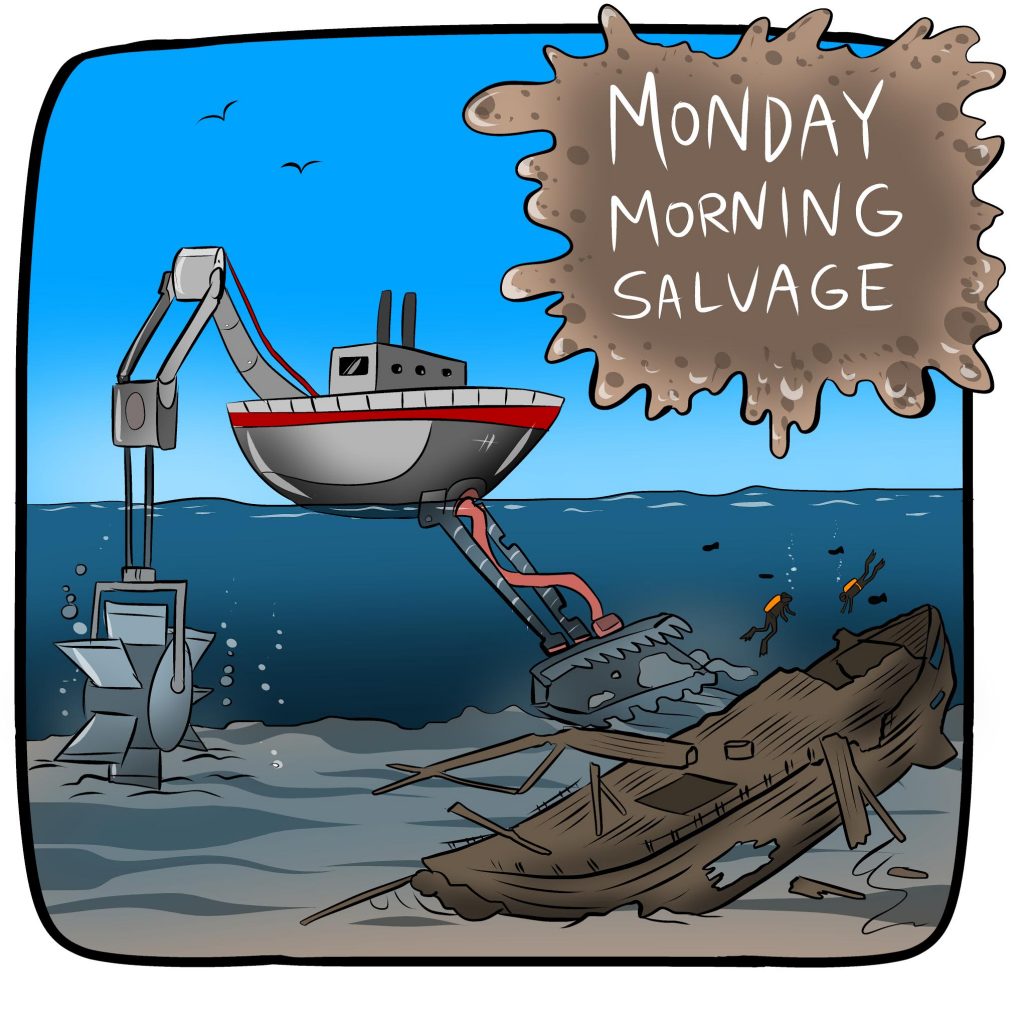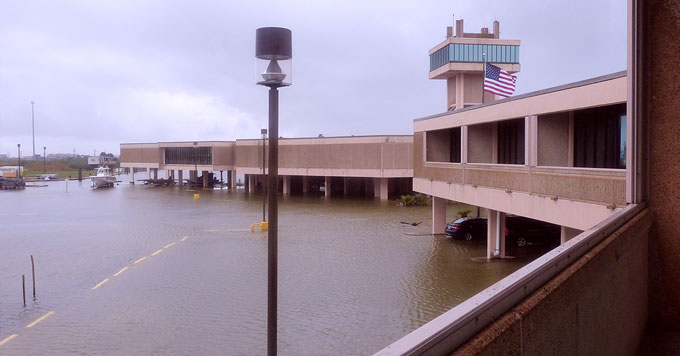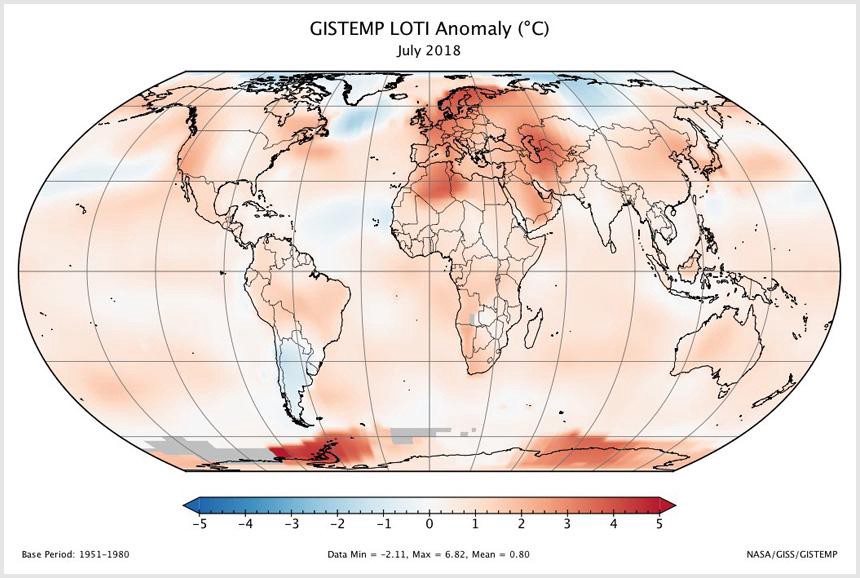
Foghorn (a call to action)
The U.S. is turning a significant portion of Micronesia into live fire and bombing ranges to train Marines. It has plans to completely take over one island for this purpose and has control of two-thirds of another island.
If people in the U.S. mainland understood the military’s plan for Micronesia they might be alarmed. But this is really happening to U.S. citizens living in America’s territories.
Flotsam (what we’re obsessed with right now)
- How a team of amateur explorers and an underwater robot laid to rest the ‘Ghost of Baker Lake’.
- Jane Lubchenco: Science in a Post-Truth World. Hat tip: @EmmaJMcIntosh.
The Levee (news from LUMCON)

Jetsam (what we’re reading from around the web)
- Negotiations start on a high seas treaty: UN summit will discuss how to protect the open ocean, where 90% of marine life dwells
- Eating Lunch 14,000 Feet Below Sea Level.
- Washed away? Torrential rains threaten Bay restoration gains.
- Navigating historical passages of marine invasive species.
- Fascinating: Court finds shark diving illegal but says law could be changed.
- I am all here for Andrew’s map rants. New Map in the News Not Revolutionary, Merely Cool.

- Robot boat sails into history by finishing Atlantic crossing.
- Sea slime is being collected and sold by fish farm operators.
- Mariana Trench Marine National Monument Photo Exhibit Opening.
- The conservation lesson of dolphins who walked on their tails.
- What Was Lost in Brazil’s Devastating Museum Fire. Two hundred years of work—and millions of priceless specimens—have been destroyed in a preventable tragedy.

Lagan (what we’re reading from the peer-reviewed literature)
- Herzog and friends (2018) Two new species of Sympagella (Porifera: Hexactinellida: Rossellidae) collected from the Clarion-Clipperton Zone, East Pacific. DOI: 10.11646/zootaxa.4466.1.12.
- de Mitcheson and friends (2018) Out of control means off the menu: The case for ceasing consumption of luxury products from highly vulnerable species when international trade cannot be adequately controlled; shark fin as a case study. DOI: 10.1016/j.marpol.2018.08.012.
- Lehman (2018) Marine Cultural Heritage: Frontier or Centre? DOI: 10.1111/issj.12155.
- Halliday and friends (2018) Tourist vessel traffic in important whale areas in the western Canadian Arctic: Risks and possible management solutions. DOI: 10.1016/j.marpol.2018.08.035.
- Zwerschke and friends (2018) Competition between co‐occurring invasive and native consumers switches between habitats. DOI: 10.1111/1365-2435.13211.
- Gooday and friends (2018) Micro-CT 3D imaging reveals the internal structure of three abyssal xenophyophore species (Protista, Foraminifera) from the eastern equatorial Pacific Ocean. DOI: 10.1038/s41598-018-30186-2.
- Abo and friends (2018) Quantifying the Fate of Captured Carbon: From Seagrass Meadows to the Deep Sea. DOI: 10.1007/978-981-13-1295-3_9.
- Bellec and friends (2018) A nematode of the Mid-Atlantic Ridge hydrothermal vents harbors a possible symbiotic relationship. DOI: 10.3389/fmicb.2018.02246.
- Hori and friends (2018) Blue Carbon: Characteristics of the Ocean’s Sequestration and Storage Ability of Carbon Dioxide. DOI: 10.1007/978-981-13-1295-3_1.
Feel free to share your own Foghorns, Flotsam, Jetsam, Lagan, Shipping News, Driftwood, and Derelicts in the comments below. If you enjoy Southern Fried Science, consider contributing to our Patreon campaign. For just $5 per month, you can support the SFS Writers Fund, which helps compensate your favorite ocean science and conservation bloggers for their efforts.